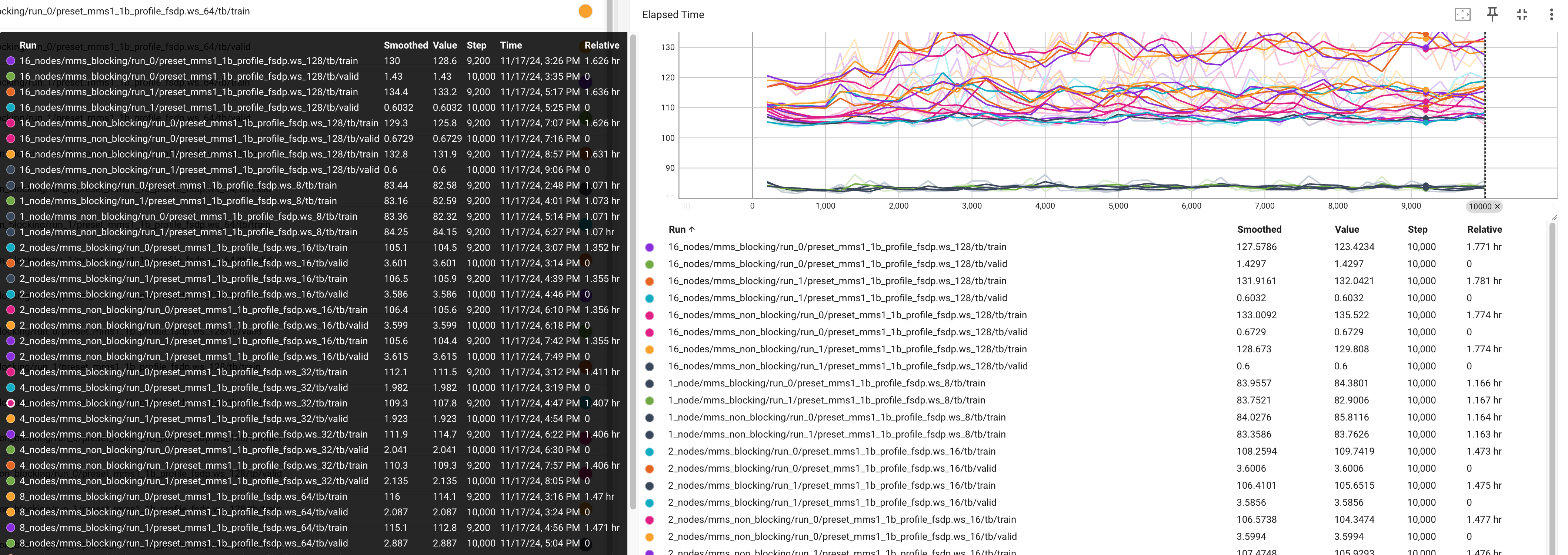What presets are and why they are useful
How to use built-in presets
How to create custom presets
How to override preset configurations
Get familiar with fairseq2 basics ( Overview)
Ensure you have fairseq2 installed ( Installation)
Familiarize yourself with recipes (Recipe)
Optionally, checkout the end to end fine-tuning tutorial ( End-to-End Fine-Tuning)
Overview¶
Presets are pre-defined configurations that help you quickly get started with common training scenarios. They encapsulate best practices and tested hyperparameters for specific use cases. They also allows quick hyperparameter sweeps.
The key benefits of using presets are:
Reduce boilerplate configuration code
Start with proven configurations
Easily customize for your needs
Share configurations across experiments
Using Built-in Presets¶
fairseq2 comes with several built-in presets for common scenarios. To use a preset:
List available presets:
fairseq2 lm instruction_finetune --list-preset-configs
Use a preset:
fairseq2 lm instruction_finetune $OUTPUT_DIR --preset llama3_1_instruct
The preset will set default values for all configuration parameters.
You can override any of these values using --config.
Available Presets¶
For instruction fine-tuning:
llama3_1_instruct- Base LLaMA 3 1.8B configurationllama3_1_instruct_constant_lr- With constant learning ratellama3_1_instruct_lr_anneal_0- With LR annealing to 0llama3_1_70b_instruct- LLaMA 3 70B configuration
For preference optimization (DPO/CPO/ORPO/SimPO):
Similar presets are available with additional criterion-specific configurations
Overriding Preset Values¶
You can override any preset values in two ways:
Using command line arguments:
fairseq2 lm instruction_finetune $OUTPUT_DIR \
--preset llama3_1_instruct \
--config optimizer.config.lr=2e-4 dataset.batch_size=16
Using a YAML configuration file:
# my_config.yaml
optimizer:
config:
_set_:
lr: 2e-4
fairseq2 lm instruction_finetune $OUTPUT_DIR \
--preset llama3_1_instruct \
--config-file my_config.yaml
The override precedence is:
Command line overrides (highest priority)
Config file values
Preset defaults (lowest priority)
Best Practices¶
Start with an existing preset close to your use case
Create custom presets for configurations you use frequently
Document preset parameters and their effects
Use meaningful preset names that indicate their purpose
Keep presets focused on specific scenarios
Version control your custom presets
Go Beyond¶
Once you are familiar with presets, you can go beyond and easily run hyperparameter sweeps.
presets=(
"preset_fast"
"preset_accurate"
"preset_default"
)
batch_sizes=(
"16"
"32"
"64"
)
output_dir=<your_output_dir>
for preset in "${presets[@]}"; do
for batch_size in "${batch_sizes[@]}"; do
echo "Running preset::$preset | batch_size::$batch_size"
srun fairseq2 <your_recipe> train $output_dir/$preset/batch_size_$batch_size \
--preset $preset \
--config dataset.batch_size=$batch_size
done
done
It will be much easier for you to manage your experiments and benchmark training speed to multiple nodes.
